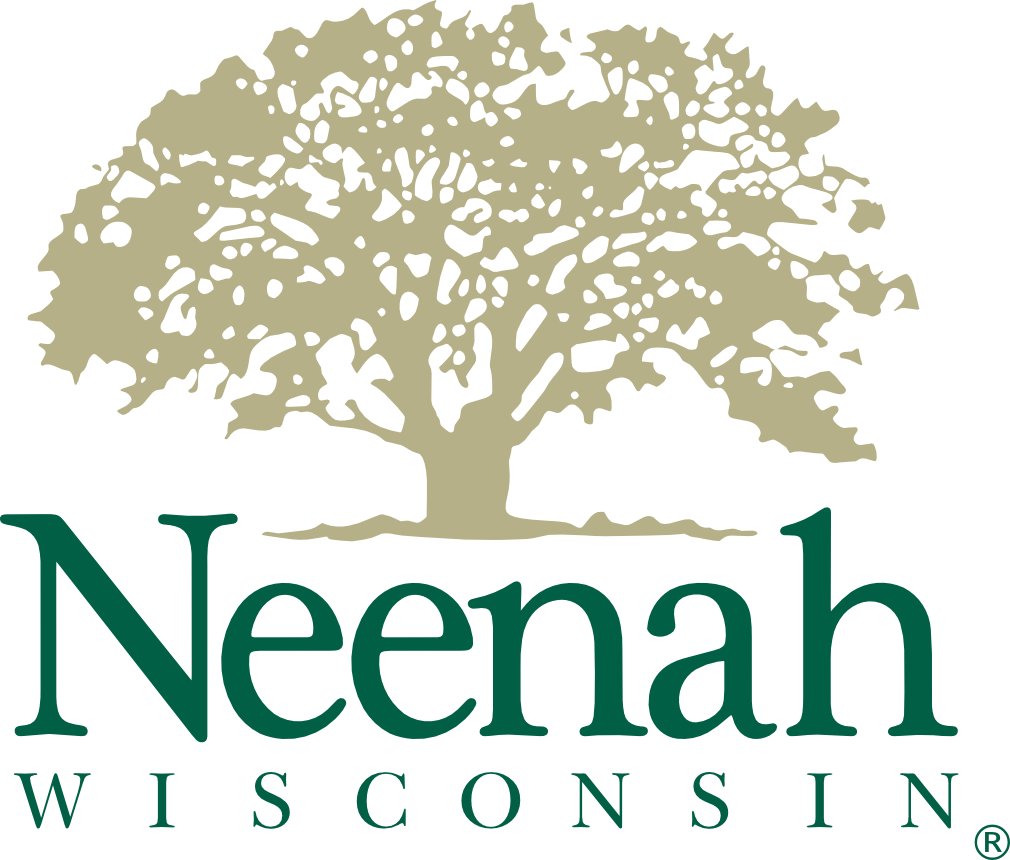The Neenah Lighthouse
The lighthouse on the shore of Lake Winnebago in Neenah, Wisconsin has stood for the last 50 years in a place where Indian Tribesman met for pow-wows 150 years ago at the mouth of the Fox River. Also near the lighthouse site was once an enormous elm tree called the Old Council Tree by the Menominee Indians. The tribesmen would hold councils under its sheltering arms prior to the 1830’s. The tree was cut down in the 1880’s by the Federal Corps of Engineers when the river channel was dredged and widened. Today, the Old Council Tree stands as the City’s Logo.

In 1929, Mrs. Helen Kimberly Stuart (of Kimberly-Clark fame, makers of Kleenex brand tissue) donated land to the city of Neenah which was named Kimberly Point Park.
In 1944 Mr. J. C. Kimberly (also of Kimberly-Clark fame) realized there was the need of a light for boaters to mark the entrance to the river. He donated the funds to have the lighthouse built. The lighthouse, which was also designed as a comfort station, cost $7500 to build. It was made of brick and Haydite block and rose 40 feet above the water and first began guiding boaters into Neenah Harbor in 1945.
The famous Old Council Tree is no longer there having been torn down in the 1880’s by the Federal Corps of Engineers when the river channel was dredged and widened.
The beautiful cherry and other blooming trees around the lighthouse are there thanks to Mrs. Stuart. One of the Elm trees is a shoot from the original Old Council Tree. Today there is a marker there in commemoration of the Old Council Tree and the American Indians who met under its branches.
Neenah is Named
How the name “Neenah,” came to be attached to the locality is attributed to Governor Doty, who meeting with a band of Indians one day, pointed to the river and asked, “what is that?” The Indians answered, “Neenah” being their word for water. Doty liked the word and applied it to the region.
When land in Winnebago Rapids was opened for sale in 1846, settlers trickled in purchasing land lying outside the Reed-Jones tract. The name “Neenah” came into common use and became attached to the village and eventually to the city.
More Information
For more information regarding the heritage of Neenah, including pictures and maps, visit the University of Wisconsin Digital Collections Neenah page.


